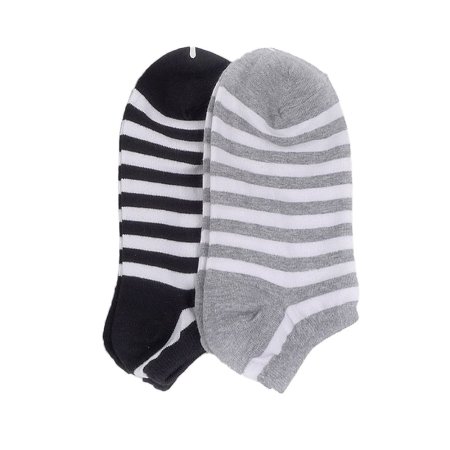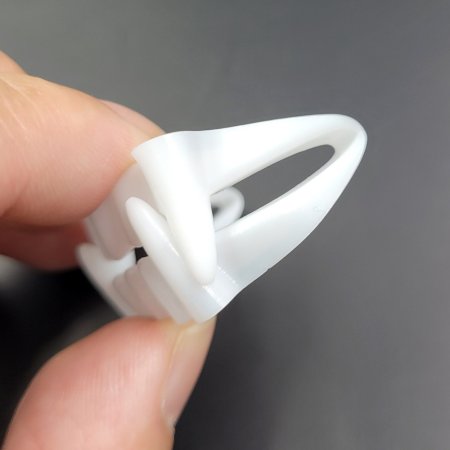Navy League 2024: Raytheon Technologies seeks to improve ESSM operatio…
Raytheon is seeking to improve operations in RF-cluttered environments for ESSM Block 2 missiles, shown here being tested by Royal Canadian Navy frigate HMCS Fredericton in November 2022. (Royal Canadian Navy)
As the first Evolved SeaSparrow Missile (ESSM) Block 2 units start to make their way to areas like the Red Sea, Raytheon Technologies is working on further improvements to missile operations in areas challenged by radio frequency (RF) interference, according to Chris Driscoll, the company's ESSM director.
With its X-band active seeker and improved capability for raid annihilation and local area defence, ESSM Block 2 has “proved pedigree” and is expected to do very well in its “engagement space”, Driscoll told Janes during a 28 March interview in advance of the Navy League Sea-Air-Space 2024 global maritime exposition, starting on 8 April in National Harbor, Maryland.
“ESSM Block 2 leverages Standard Missile 6 technology to reduce reliance on illuminator support and mitigate challenges in missile sequencing that are inherent in high-density stream raids,” the Director, Operational Test and Evaluation (DOT&E), noted about the missile in a report released in 2023.
Semi-active guidance, using shipboard illuminators, is retained from ESSM Block 1, the DOT&E said.
“ESSM Block 2 is bringing something new to the fight,” Driscoll said. In addition, Raytheon Technologies is working to further improve operations in areas with increased RF interference, he said.
“On the software side, we've started enhancements to address RF interference [on the current missile design],” he said. “When you're close to the water, there's a lot of RF reflection from secondary missiles and other combat systems.”
The company is also pursuing enhanced kinematics to increase lethality, he noted.






























































